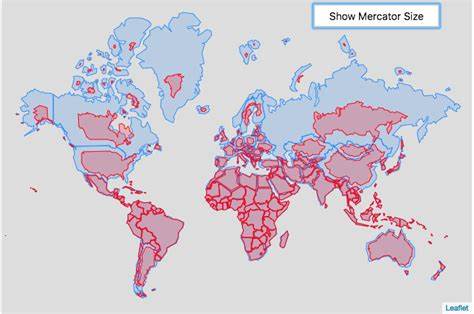Which Laptop Brand Is the Most Reliable in 2025
In today’s digitally driven world, your laptop is more than just a tool—it’s the engine behind your productivity, creativity, and connectivity. Whether you’re a student managing assignments, a remote worker attending back-to-back video calls, or a professional handling complex data workflows, the reliability of your laptop directly impacts your efficiency and success. With so many…










